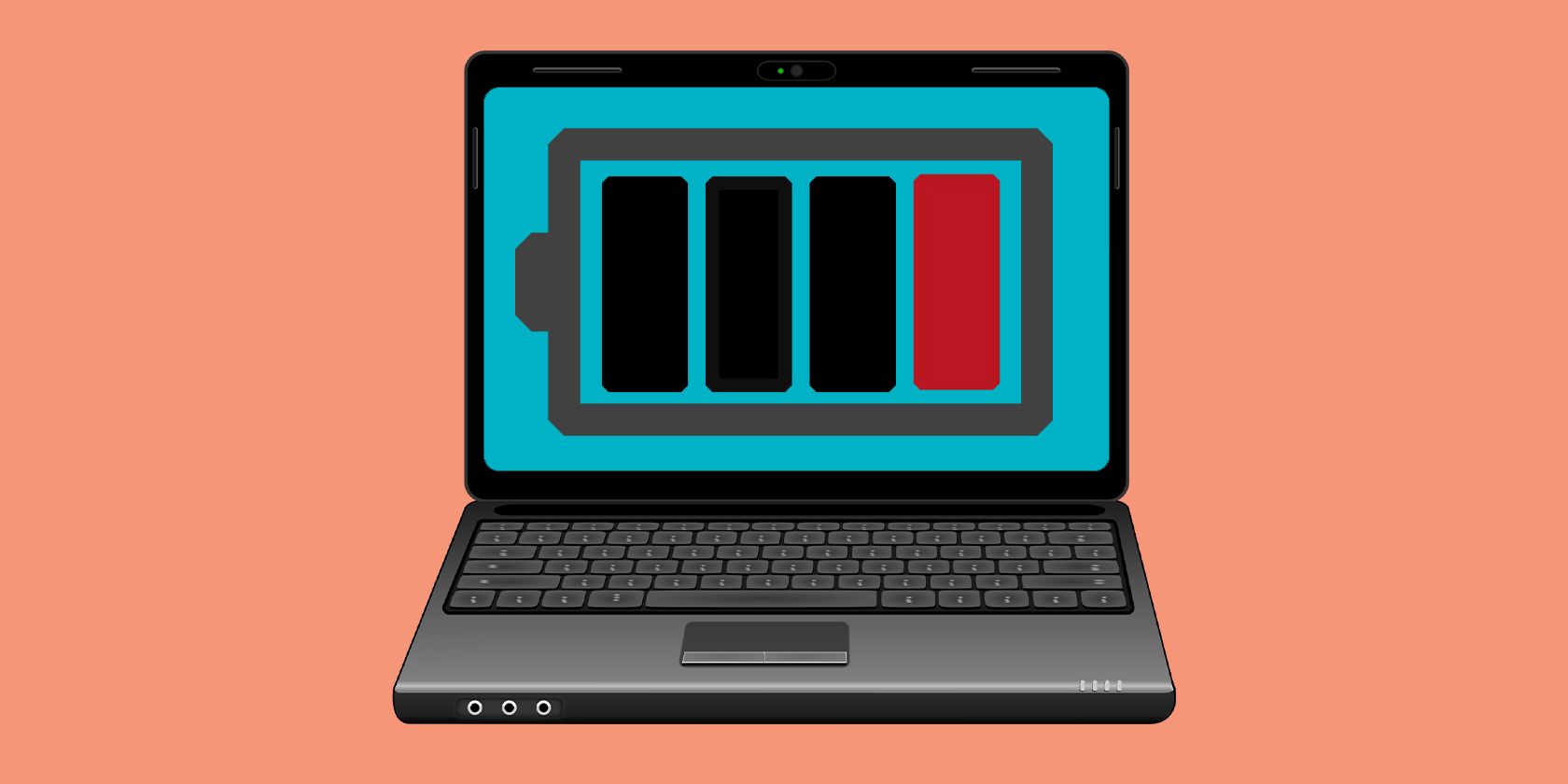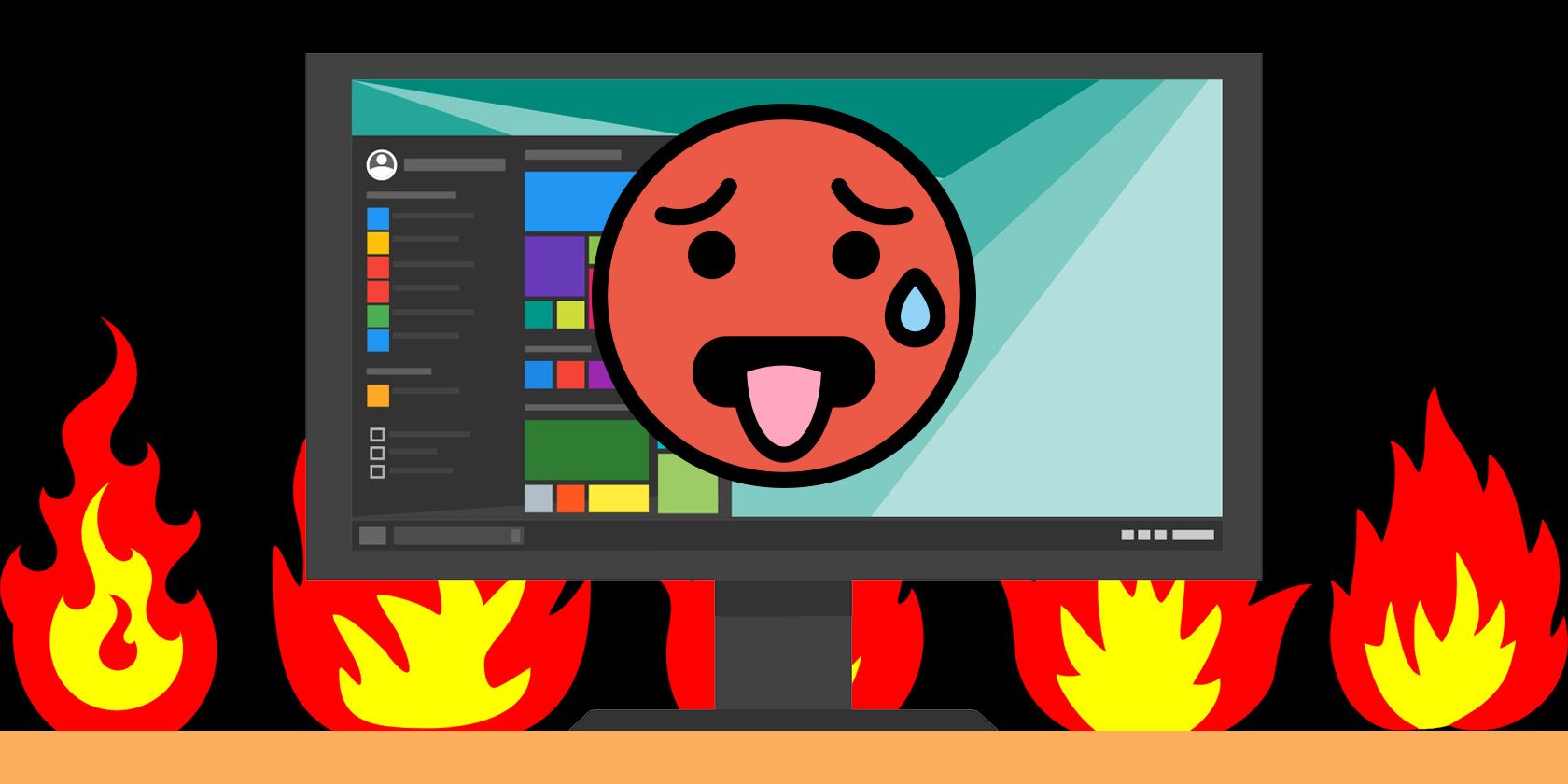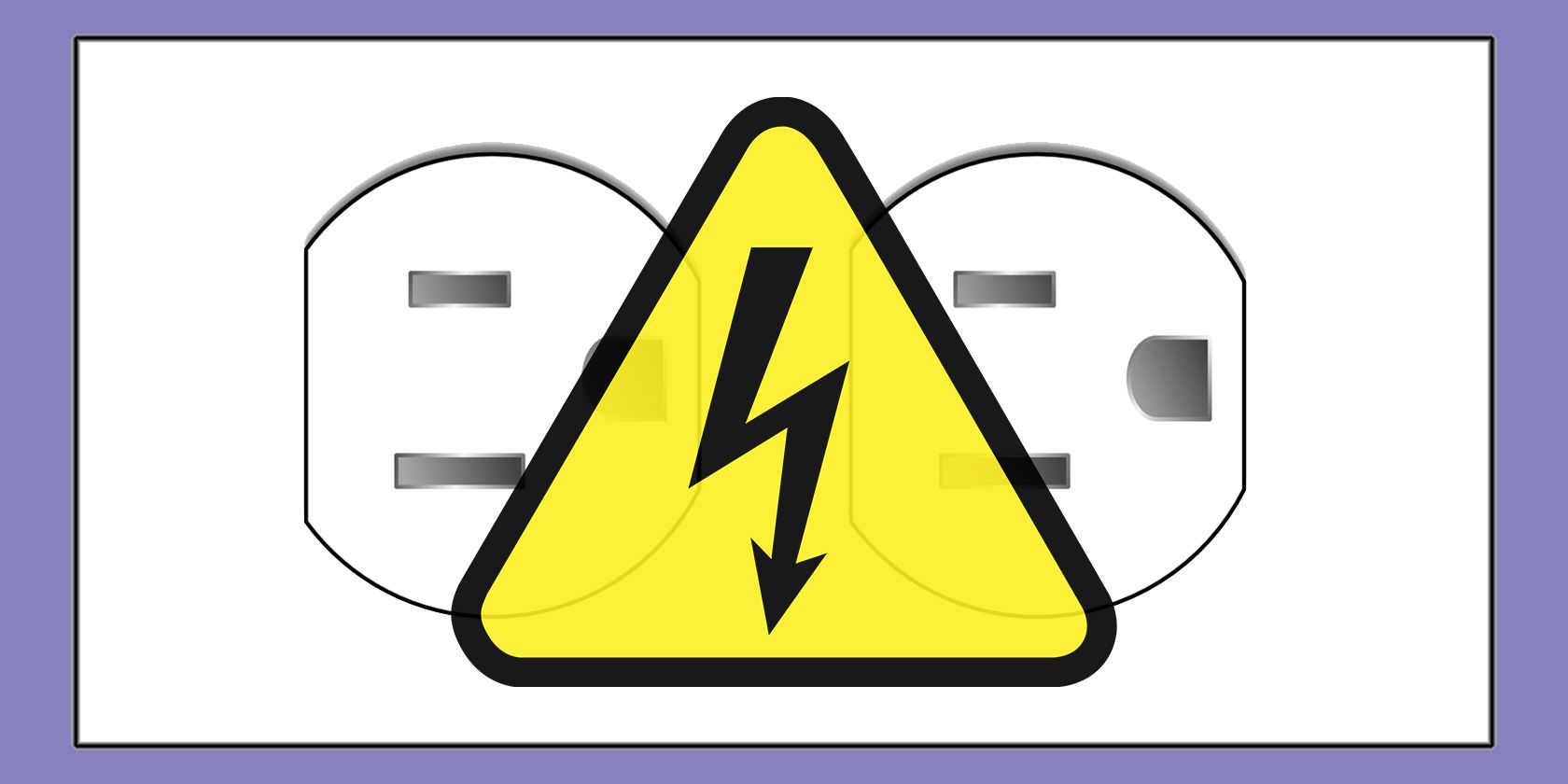For most people, computers are long-term investments that cost a lot of money. As such, they need the highest levels of care. And while most do their best to care for their devices, some habits aren't good for your computer.
So, what should avoid doing? Read on to discover six things you do every day that are slowly killing your computer.
1. Draining Your Laptop Battery
In the past, people said that you shouldn't keep your laptop battery plugged in all the time. While this is still somewhat true (more on this later), the real danger now lies when you drain your batteries. If you frequently empty the battery, it can impact its lifespan.
Because battery lifespan is dependent on its designed number of cycles. Most modern lithium-ion batteries only have a limited number of charge-discharge cycles; if you keep on fully discharging it, you'll run through these quicker.
If you fully discharge a battery and keep it at that state for months, there's also a chance that it will die and need replacing.
2. Charging Your Laptop Needlessly

Modern battery technology avoids overcharging by not actually fully charging it. So, even if it says it's completely charged, there's still some room for a bit more energy.
However, continuously charging your battery—even when you don't need to—still lessens its life. This is because charging introduces stress to the power system. While it is designed to handle this stress, you don't want to exert that if you don't have to.
The best way to care for your batteries is to mix things up. If you're working at home on your laptop, for example, you should consider using it unplugged every now and then.
When you do that, you get the electrons within the battery flowing. Then, once your battery is at 100%, you can unplug your device once you're no longer using it. By doing this, you can reduce the stress on its battery and save energy at the same time.
3. Not Giving Your Computer Enough Ventilation

Computers can get and do get hot, especially when performing high-energy tasks. While the latest technology has built-in thermal safeguards to prevent cooking itself when it's always run at its limits, you will shorten the device's lifespan. This also applies to batteries if you have a laptop.
If you have a desktop computer, ensure it has a good enough airflow in order to work efficiently. Don't place it inside an enclosed cabinet where there's no way for hot air to exit. The best computer processing unit (CPU) placement would be in a relatively open area with a constant flow of cool air, such as your living room.
If you have a laptop instead of a PC, make sure that all vents are unblocked when you're using it. If you're watching Netflix with your laptop on your bed, for example, make sure that your pillows and sheets are away from these parts of your device.
4. Putting Monitors Under Direct Sunlight
A painted surface constantly exposed to sunlight tends to become faded and gray. And if sunlight can damage concrete and paint, it can definitely damage the plastic cover of your monitor. Moreover, the additional heat your monitor absorbs from the sun can also contribute to shortening its lifespan.
Direct sunlight can also soften and melt the glue used on the screen edge. If you cannot change your position, the best way to avoid direct sunlight is to add a curtain. While it may not be ideal for you, it will at least increase the life of your display.
5. Not Using a UPS or Surge Protector

Even the slightest static discharge could short or kill your computer's processors. And even though power supplies typically have built-in safety features, you should consider these as your final line of defense.
For this reason, it's inadvisable to plug a desktop computer directly into a wall outlet. This is especially true if your area suffers from frequent voltage fluctuation. At the very least, your computer's power should go through an automatic voltage regulator (AVR).
An uninterruptible power supply is a better solution for your PC. It has a built-in battery that will give you a few minutes of electricity to save your work if you lose power. However, if you're using a laptop, you don't need this becuase the laptop's power adapter serves as an AVR.
6. Forgetting to Clean Your Computer

Accumulated dust can block airflow throughout its components, leading to higher temperatures.
You should make it a habit to clean your computer. If you have a desktop device, remove dust from its insides at least once a year to maintain a high level of performance.
This, in turn, leads to a drop in performance and more stress on your computer's parts. You can clean your computer by using a dust blower to remove surface dust. You can also use a brush to remove dirt—but you should do it carefully! If you're not sure, bring it to a qualified technician for maintenance.
Laptops don't need as much frequent cleaning, especially if you frequently move yours around. However, if you sense a performance drop or an increase in temperature, cleaning it should be one of your first troubleshooting steps. Again, if you're not familiar with disassembling your laptop, bring it to a professional.
Make Your Computer Last Longer
Many people think that they don't need to maintain their computers physically. Once they get it from the store, all they do is chuck it in a corner and switch it on. But like everything else in your home, you should maintain your gear.
If you take care of your computer well, you can extend its lifespan significantly. You can avoid issues like overheating, lousy performance, and maybe even damage to its components.
As long as you know what you're doing, don't be afraid of doing the compuer maintainence yourself. But if you're unsure, it's best to bring it to a pro who knows how to avoid causing needless damage.
Comments
Post a Comment